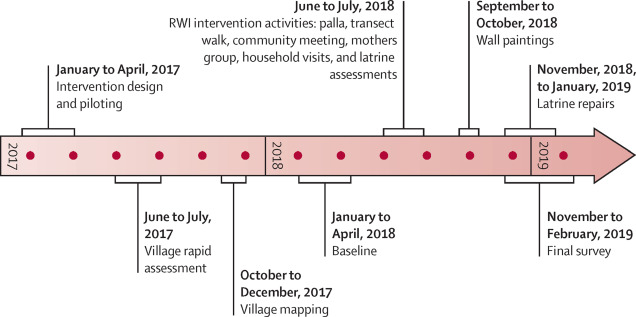Elsevier,
The Lancet Public Health, Volume 7, February 2022
The Comment, linked to the above Article on unstable housing, contributes to SDG 3 by calling for a 100-100-100 target: "stably housing 100% of PWID who are unstably housed, providing 100% of PWID access to consistent and adequate harm reduction services, and offering treatment to 100% of PWID who want substance use treatment". Such a target would be in important part of HIV and HCV elimination efforts.
Elsevier,
The Lancet Planetary Health, Volume 6, February 2022
This study supports SDGs 3 and 6 by investigating a low-cost behavioural intervention designed to increase latrine use and safe disposal of child faeces in India. The study found the intervention modestly increased latrine use and markedly increased safe disposal of child faeces in the short term, but was unlikely to reduce exposure to pathogens to a level necessary to achieve health gains.
Elsevier,
Social Sciences & Humanities Open, Volume 3, Issue 1, 2021, 100112
This article explores how men living in Istanbul talk about the sociality of house and care work – vacuuming the house, cooking, doing the laundry – in their everyday lives. The authors believe that the existing trends in so-called ordinary days will enable us to understand the extent to which gender roles are either challenged or re-constructed at home.
This study investigates how the sources of carbon emissions affect life expectancy. The study sample includes 68 developing and emerging economies for the period 1990-2017. Disaggregated analysis is performed on: (1) emissions sources; (2) income groups. A negative nexus between life expectancy and CO2 emissions exists for emerging ones. However, CO2 emissions seem to improve the life expectancy for developing countries.

